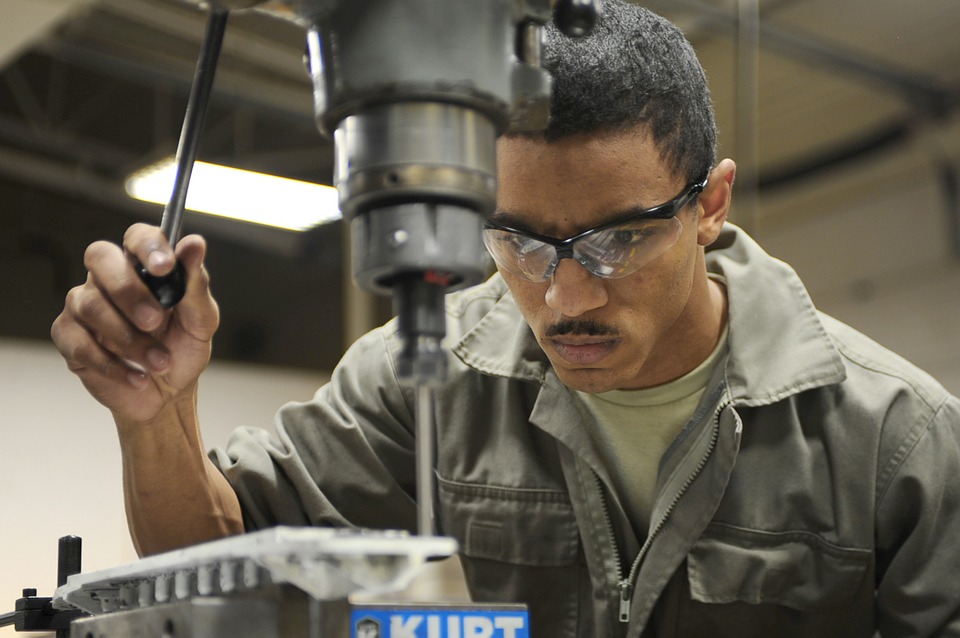
Skills training matters, but so do efforts to help Americans complete such programs to begin with.
Editor's note: The following blog post originally appeared on Industry Today.
Happy Manufacturing Day! It’s not a federal holiday quite yet; rather, it’s a moment to appreciate our fellow Americans who work with their hands for a living.
But we owe them some help. America can do a better job at recruiting and preparing people for middle-skill jobs that require more than a high school diploma and less than a four-year college degree.
Recent studies suggest the U.S. economy is falling behind our competition in the number of apprenticeship programs offered and other forms of work-based learning. And we’re markedly worse in our recruitment of women, parents, and other underrepresented people for such programs.
There are a few big reasons for that.
The first is straightforward: Our workforce often need “pre-employment” training, so they have the baseline skills necessary to even begin an apprenticeship program.
Luckily, models for such programs already exist. Often run by a community-based organization or a community or technical college, successful ones allow potential apprentices to gain occupational skills, usually over the course of eight to 12 weeks, along with hands-on worksite experience like working with tools, machinery and other project materials. Good programs also help participants find and secure apprenticeships, along with financial and career planning, job search assistance, networking opportunities and more.
And they work! One study from 2003 found that this kind of “pre-apprenticeship” training helped more than 5,000 women enter apprenticeships over the prior ten-year period. That’s nothing to sneeze at.
But other challenges remain for prospective workers – and one of them is access to affordable childcare.
This may sound like an ancillary concern, but it’s a serious one. If we want to tap into significant portions of our workforce, we have to deal with the reality that securing childcare is a real roadblock to work for many Americans, particularly women. And unpaid training (like pre-apprenticeship programs) aren’t really feasible when childcare costs for families with young kids are hundreds of dollars each month.
The answer, then, is to help bridge this financial gap. One recent review found that when given a child care subsidy, the likelihood that a single mother participates in a job training program increases by 8 percentage points; in another, by the Institute of Women’s Policy Research, 48 percent of low-income participants in job training programs who received child care said they wouldn’t have been able to complete the program without it.
Manufacturing activity has a great multiplier effect; for every dollar spent in the sector, another $1.89 is added to the economy. But another economic reality is that we need the appropriate infrastructure so that individual Americans can participate in that boom. We should be encouraging workforce training whenever we can, if we truly want to unlock manufacturing’s economic potential, and spread its wealth around.
We must revalue career and technical education, skills and training, working with businesses, educators, trade unions, and service providers to create more pathways for young people and adults in transition who want to work with their hands as well as their minds.
They will be making our future, and we can start helping them do so today. That’s a goal worthy of Manufacturing Day.

